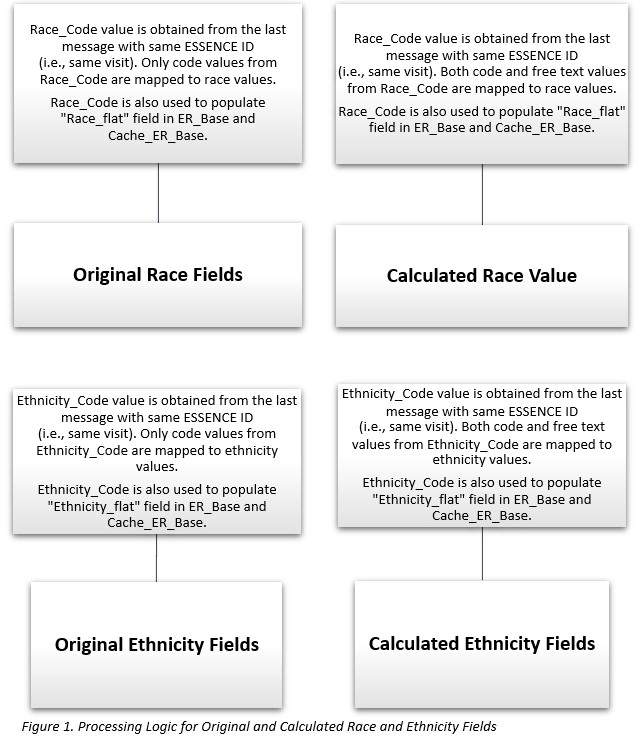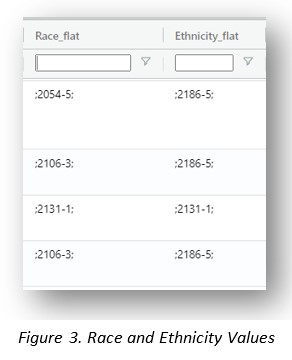Technical Updates

Maintenance Scheduled for Mid-June
The Access & Management Center (AMC) maintenance release 1.5.4.4 will be installed in the onboarding and production environments during the patching window. This release will resolve minor issues and improve performance:
- On Manage Users page
- indicate clearly to the user that the page load is complete and filtering can start as needed;
- make filters work dynamically, removed the filter button;
- correct Password Expired status in the “Password Status” filter selections; and
- sync the “Password Status” filter selections with information supplied in its Tool Tip.
- On Reports page
- display the site short name for sorting purposes to match the Manage Users Page for consistency;
- indicate clearly to the user that the page load is complete and filtering can start as needed; and
- make filters work dynamically, removed the filter button.
Onboarding Update: California Coverage is Expanding
The NSSP welcomes facilities located in five California counties: Kings County, Napa County, San Joaquin County, Tuolumne County, and Yuba County.
The NSSP facility participation map for the United States, which is updated quarterly, is shown here.
Data Quality Corner Articles Combined in One Location
We’ve integrated the Data Quality Corner articles into one searchable location here. You can filter articles by category (e.g., data dictionary, data quality, ESSENCE, Reports, RStudio Pro). If you’re new to NSSP tools or to syndromic surveillance, these articles will help you understand what’s essential for ensuring data quality.
New NSSP Calculated Race and Ethnicity Fields
The National Syndromic Surveillance Program (NSSP) recently introduced the initial versions of calculated race (“C_Race”) and ethnicity (“C_Ethnicity”) fields into ESSENCE. These calculated fields can be used to query race and ethnicity trends and offer several improvements over the original “Race” and “Ethnicity” fields.
The original “Race” and “Ethnicity” fields were based entirely on the Race_Code and Ethnicity_Code fields for coded values found in the PHIN Vocabulary Access and Distribution System (PHIN VADS). Sometimes, however, race and ethnicity are transmitted using free-text values not included in PHIN VADS value sets or can be accidentally reported in the incorrect field. This has the potential to underestimate reported race and ethnicity. The expanded search capabilities of the “Calculated_Race” and “Calculated_Ethnicity” fields include free-text values sent in Race_Code and Ethnicity_Code, which improves overall completeness of both fields.
In ESSENCE, both original and calculated race and ethnicity fields are populated using the coded value from the last message for the visit. Some examples follow:
- If a message reporting a valid race code of “Asian” was followed by null values in subsequent messages for the same visit, the final race value for the visit would be “Not Reported or Null.”
- If a message reported a race_code value of “Black or African American” followed by a race_code value of “White” in subsequent messages, the visit would be assigned a race value of “White” and would not include both race codes. However, if both “Black or African American” and “White” race_codes were reported in the same message, the visit would accurately be categorized under “Multiracial”.
- If a message reporting ethnicity_code value of “Hispanic or Latino” was followed by a message reporting “Unknown”, ethnicity for the visit would be designated as “Unknown”.
Useful Links to PHIN VADS
PHIN VADS race codes:
https://phinvads.cdc.gov/vads/ViewValueSet.action?id=67D34BBC-617F-DD11-B38D-00188B398520
PHIN VADS ethnicity codes:
https://phinvads.cdc.gov/vads/ViewValueSet.action?oid=2.16.840.1.114222.4.11.837
Figure 1 illustrates the changes in processing logic between original and calculated fields.

Another shortfall of the original fields is that the same emergency department (ED) visit could be binned into more than one race or ethnicity category when multiple values were reported (e.g., the same visit could be binned into “White” and “Asian” race categories). The potential for the same visit to be counted under multiple race or ethnicity categories restricted its analytic use. The new calculated race and ethnicity fields bin ED visits to a single race and ethnicity category, making each category mutually exclusive. PHIN VADS guidelines were used to map codes to appropriate race and ethnicity categories. This makes analysis by racial and ethnic groups easy.
Note to Users
We recognize that these first versions of calculated fields may not serve your need for every race and ethnicity analysis. For this reason, we have retained the original race and ethnicity fields for use.
Previously unavailable, a new “Multiracial” group was created to capture ED visits that list multiple races. Further, a “Not Categorized” group was added to both race and ethnicity fields. This group comprises values that could not be mapped to other groups. We anticipate that this group will guide data quality improvements and help us iterate future versions of calculated race and ethnicity fields. Table 1 shows how the calculated fields differ from the originals:

How to Access Calculated Race and Ethnicity Fields
As of now, these fields can only be queried in the ESSENCE Full Details Datasources (both by Patient and Facility Location). Here’s how:
- Log in to ESSENCE by using your username and password.
- Navigate to the Query Portal. Once there, use the Query Wizard to scroll down the Available Query Fields until you reach Calculated Race and Calculated Ethnicity (Figure 2).
- Select your preferred value to populate the Selected Query Fields
You can now use these values to create a timeseries, obtain data details, and perform other operations.

Figure 2. Screen shot of ESSENCE Query Wizard
In Figure 3, you can see the underlying values for both race and ethnicity in ESSENCE under their corresponding flat fields (Race_flat and Ethnicity_flat). ESSENCE flat fields can be viewed by using Data Details. These fields contain a semicolon delimited list of respective race or ethnicity values received in the last message containing the same ESSENCE ID (i.e., the same visit).

National-level Completeness for Race and Ethnicity Fields
Shown below (Figure 4) is completeness for calculated race and ethnicity fields by U.S. Department of Health and Human Services (HHS) Region. Completeness for both race and ethnicity fields are based on usable values; it will not include Not Reported or Null, Not Categorized, Refused to Answer, and Unknown values.

Figure 4. Completeness by HHS Region
With your valuable guidance and feedback, we would like to further enhance other data fields in future versions. Please use these fields and provide feedback on suggested changes via comments on the NSSP Community of Practice Race and Ethnicity Slack channel, or email NSSP program staff at the NSSP mailbox.
Given the value and interest in studying race and ethnicity disparities in national level analyses, NSSP would like to add calculated race and ethnicity fields to the Limited Details (patient and facility location) data sources in ESSENCE on June 14, 2021. This implementation would make the calculated race and ethnicity fields available to NSSP users who are interested in conducting national and HHS regional-level analyses.
We welcome your feedback through the NSSP mailbox!
Notable Changes to CDC COVID-19 Data Tracker
The widespread adoption of the International Classification of Diseases, 10th Revision (ICD-10) codes for COVID-19 lets analysts query data by discharge diagnosis (DD) codes. As a result, diagnostic code-based queries are valuable and have fast become analysts’ primary tool for generating easy-to-understand visuals that communicate complex concepts (e.g., “dashboards”). The April 2021 release of CDC COVID Data Tracker reflects NSSP’s improvements to the DD-only query that will help analysts readily identify COVID-19 trends in emergency department (ED) visits.
NSSP’s improvements to the visuals focus on diagnosis, not symptoms. This is done by using the CDC COVID-specific DD v1 syndrome definition to limit the display of national, regional, and state-level trends to ED visits associated with the COVID-19 diagnosis and by removing coronavirus-like illness and other options. This approach provides a more accurate representation of ED visits associated with COVID-19. In addition, NSSP has extended the viewable timeframe of the visualization to include data through May 1, 2020. The extended period will help analysts assess trends over time and makes the presentation of ED data consistent with other surveillance data sources used by CDC’s COVID Data Tracker.
COVID Data Tracker will soon display trends in ED visits by age groups. This visual will improve our perspective of patients who present with COVID-19 in EDs. Like the April 2021 improvements, this visual will use the CDC COVID-specific DDv1 syndrome definition and include national, regional, state, and age group stratifications.
We thank the syndromic community for their thoughtful and consistent feedback to improve the quality and presentation of syndromic data.

Shown above is an excerpt from the April 2021 update to CDC’s COVID Data Tracker that draws from NSSP data. COVID Data Tracker provides surveillance data from across the response, including hospitalizations, vaccinations, demographic information, and daily and cumulative case and death counts reported to CDC. For an interpretive summary of the week’s events and downloadable data, visit COVID Data Tracker Weekly Review.
